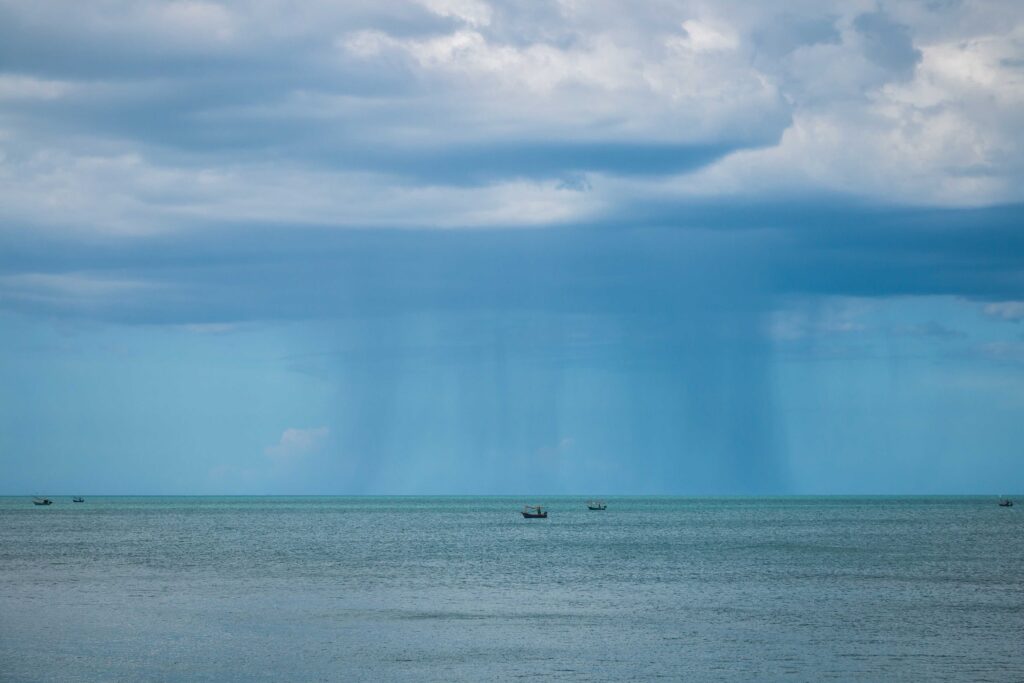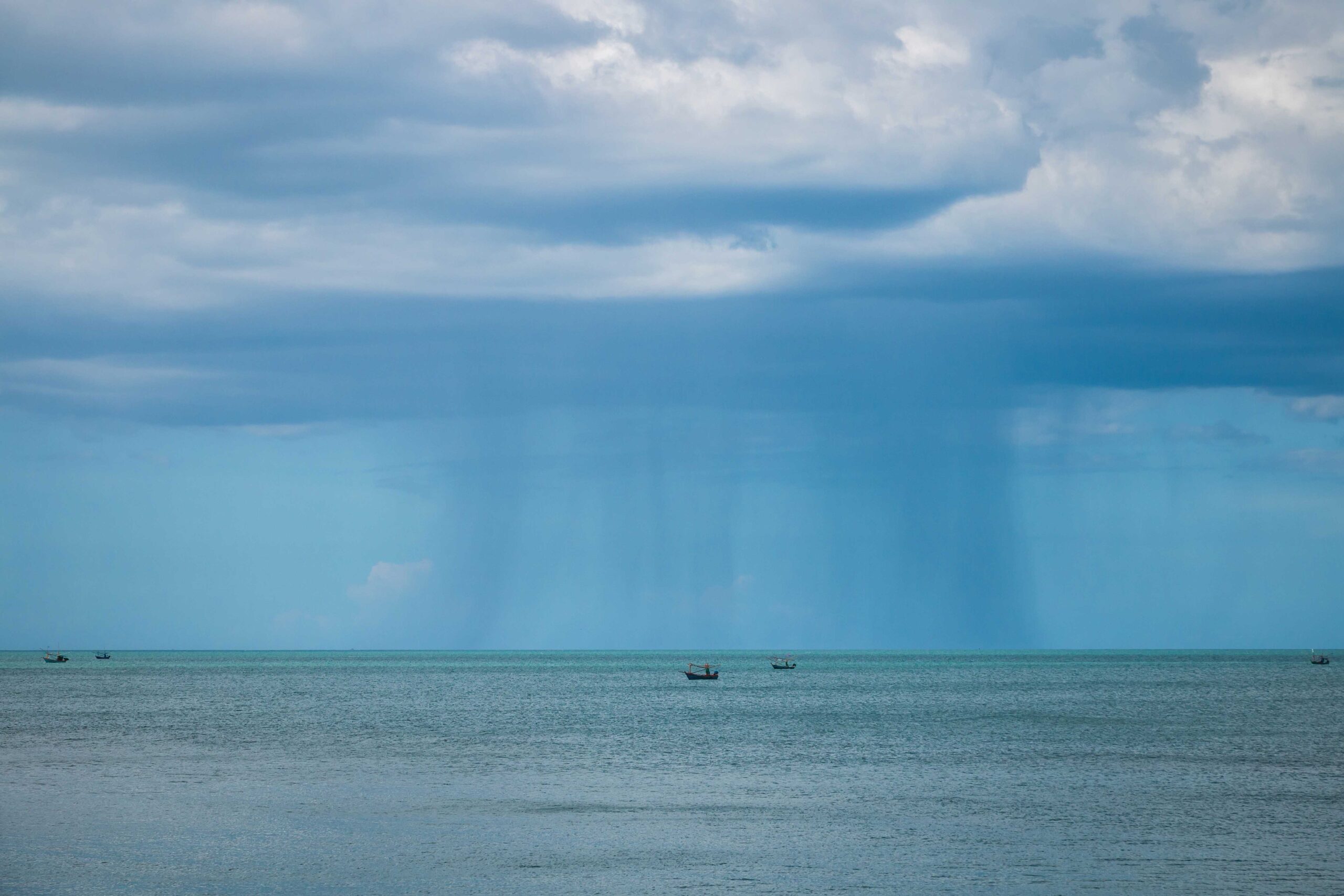Ziplining in the Rain

Rain in Hawaii
Hawaii is a beautiful paradise, but even so, it rains somewhere on the Hawaiian islands every single day of the year due to Hawaii’s location in the Pacific Ocean. Rainfall amounts are different on each Hawaiian Island and within each microclimate. In general, the north and east sides of each island get more rainfall than the south and west sides. For example, on Maui, Kahului and Hana receive more rainfall than Kaupo and Wailea. If there is rain in the forecast, there is a very good chance that the north side of the island will get rain but the south side will not.
Although it rains every day somewhere throughout the islands, Hawaii does have a specific rainy season. The rainy season in Hawaii is during the winter between the months of November and March. During this rainy season, it rains more than during the summer months, but that doesn't mean that it rains all hours of the day. There is simply a greater likelihood of rain during the winter because of typical weather patterns during that time of the year. If you are planning to embark on a ziplining adventure in Hawaii, the rain shouldn't hold you back. Skyline Eco-Adventures operates in rain or shine!
Something else to keep in mind is that the weather changes very quickly in Hawaii, so it could be raining for a few minutes and then be sunny again before you know it. Because the weather can change so quickly, it can be helpful to call ahead to find out what the guides expect for weather that day. Even if the forecast doesn’t look great, don’t let that detour you from booking because the bad weather might only last for a short period of time.
Zipline Safety and Fun in the Rain
The only time the weather might prevent you from ziplining is during a thunderstorm or during periods of high winds. At Skyline Eco-Adventures, we do not allow people to zipline in a storm because of the danger associated with lightning. Even if there is no lightning at your location, use caution if it is raining while you are ziplining, because the platforms could become slippery.
If there is a chance for rain on the day you are ziplining, dress appropriately. Wear a rain poncho to help prevent getting drenched. Also, don’t wear new clothes or new shoes. Courses can become very muddy, so wearing closed-toe shoes that are easy to clean or shoes that are older is important. This is especially important in places like Maui where the mud is very red and can stain your shoes.  Each course is different, so the experience of ziplining in the rain will be unique on every zipline. For example, the Skyline Eco-Adventures Haleakala course is in the trees, so if it is raining the tree cover will shield you during the majority of the course. On the other hand, our Ka’anapali course is more open, so the rainfall might be more noticeable as you are zipping through the air.
Each course is different, so the experience of ziplining in the rain will be unique on every zipline. For example, the Skyline Eco-Adventures Haleakala course is in the trees, so if it is raining the tree cover will shield you during the majority of the course. On the other hand, our Ka’anapali course is more open, so the rainfall might be more noticeable as you are zipping through the air.
In some climates, such as tropical climates, expect that no matter what you do and how much you plan, you may get rained on—at least for a short time. It's just part of the fun!
About the Author: Skyline Eco-Adventures is Hawaii’s most experienced zipline operator. Feel confident providing your family with a safe and fun adventure during your island stay. To reserve a zipline tour or for more info, visit: www.skylinehawaii.com. 